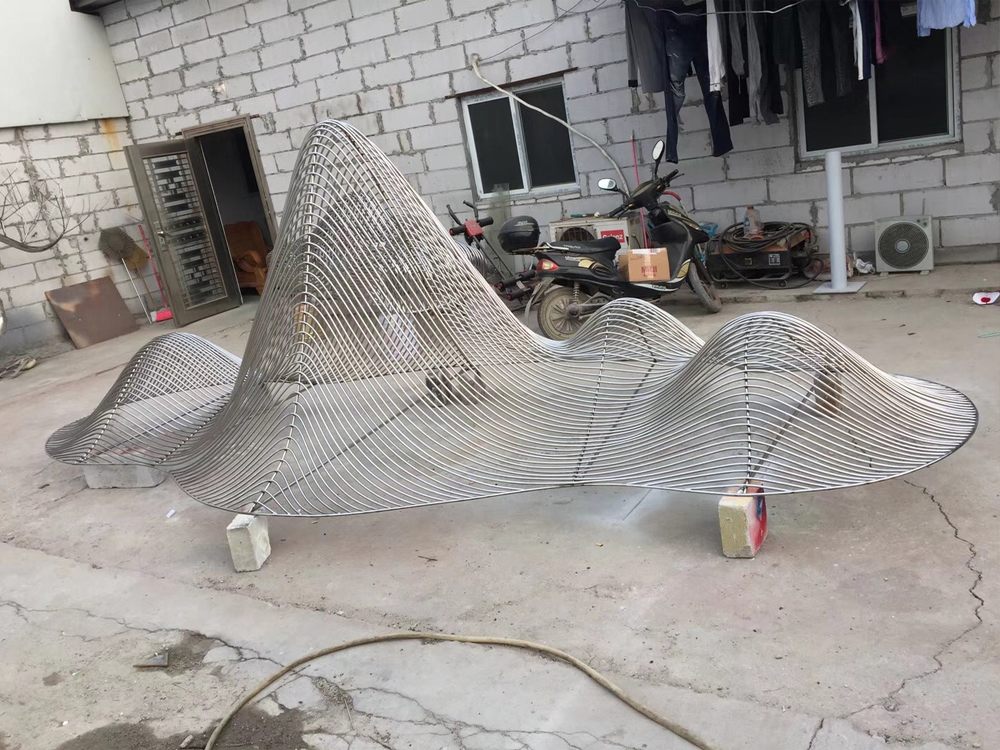
Bronze sculptures have long been a cornerstone of public art, serving as powerful symbols of cultural identity in shared spaces. These enduring artworks not only beautify urban environments but also anchor communities to their historical roots and collective values.
One of the most significant contributions of bronze sculptures is their ability to commemorate important historical figures and events. Unlike temporary installations, bronze's longevity ensures that these cultural narratives remain visible for generations, creating tangible connections between past and present. The patina that develops over time adds layers of meaning, mirroring how cultures evolve while maintaining core identities.
Beyond historical preservation, bronze sculptures actively shape contemporary cultural landscapes. Artists use this medium to interpret modern societal themes, sparking dialogue about current issues while maintaining aesthetic appeal. The reflective surface of bronze often invites viewer interaction, literally mirroring the community that engages with it.
These artworks also serve as landmarks that foster local pride and tourism. Distinctive bronze pieces become synonymous with their locations, much like the Charging Bull of Wall Street or Brussels' Manneken Pis. They provide visual anchors in rapidly changing urban environments, offering continuity amidst modernization.
The placement of bronze sculptures in public spaces democratizes access to art, removing the barriers of museum admission while encouraging daily encounters with culture. This integration into everyday life reinforces their role as cultural touchstones, making art an organic part of community identity rather than an elitist pursuit.
As cities become more homogenized by global architecture, bronze sculptures maintain regional distinctiveness through localized themes and craftsmanship techniques. They represent not just artistic achievement, but the very soul of the communities they adorn, ensuring cultural identities remain visible and celebrated in our shared spaces.

